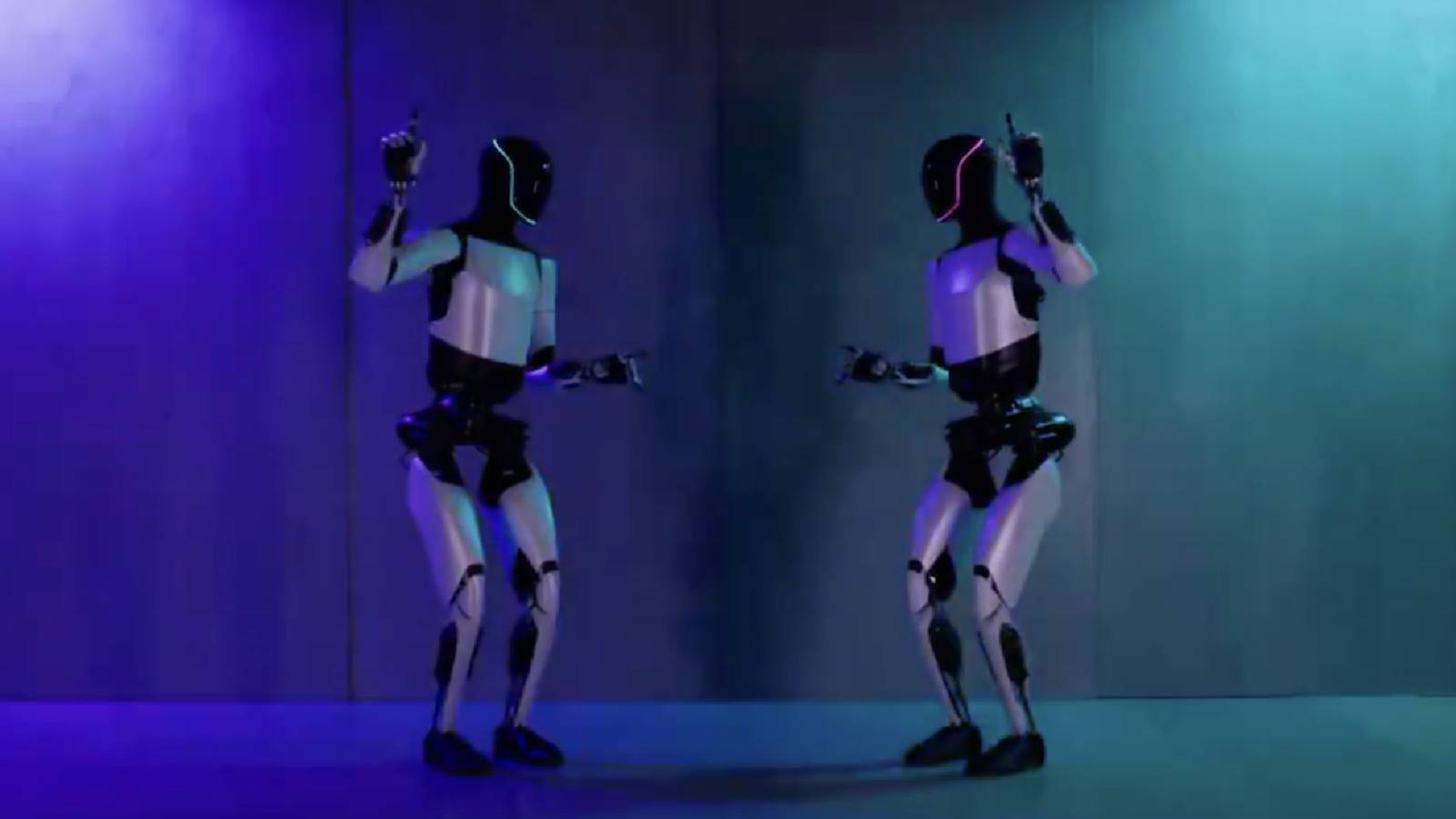Tesla has unveiled the Optimus Gen 2, the latest iteration of the company’s humanoid robot, promising a towards a future where robots integrate into our daily lives. This creation builds upon the foundation laid by its predecessors, showcasing capabilities that mere functionality.

Also Read: Google’s Year in Search 2023 List Has Been Revealed
From boiling eggs to executing dance moves, the Optimus Gen 2 is a testament to Tesla’s commitment to pushing the boundaries of artificial intelligence and robotics.
The Optimus Gen 2 a stylish design that closely resembles a human being, addressing Tesla’s dedication to creating a robot that integrates into our world.
Beyond aesthetics, the robot exhibits enhancements in functionality, featuring faster walking speed, improved hand movements, and tactile sensing on its fingers.
Originally introduced as the Tesla Bot during the AI Day event in 2021, Optimus has undergone transformations in generations.
Elon Musk envisions Optimus as a general-purpose robot capable of handling tasks that are unsafe, repetitive, or mundane for humans.
In a demo video shared by Musk, it showcases its skill set. The robot can perform exercises, boil eggs with precision, and even engage in a dance routine.
The robot represents a culmination of Tesla’s pursuit of advancements in robotics technology. The video highlights the evolution of previous versions, addressing the progress made in terms of walking speed, balance, and overall refinement.
Also Read: Epic Games has Won its Antitrust Lawsuit Against Google
One of the features of the Optimus Gen 2 is the integration of all Tesla-designed actuators and sensors. This not only enhances the robot’s overall performance but also Tesla’s control over the technology powering Optimus.
A challenge in creating a humanoid robot lies in developing hands that are both strong and precise. Tesla addresses this challenge with the Optimus Gen 2, featuring brand-new hands that offer an upgrade. These hands, equipped with tactile sensing on all fingers, enable the robot to handle objects with finesse.
Tesla claims a 30% increase in walking speed for the Optimus Gen 2, an improvement in its mobility. The robot is 10 kg lighter than its predecessor, contributing to increased agility without sacrificing structural integrity.
Tesla plans to deploy the robot in its own manufacturing operations, showcasing the robot’s practical utility in real-world scenarios.
The successful integration into Tesla’s production processes will likely pave the way for adoption and eventual commercial availability.
Elon Musk has expressed confidence in the demand for Optimus, predicting that it could reach as high as 10 to 20 billion units.
Also Read: Scientists Create VR Goggles for Mice to Study their Minds
He even goes so far as to suggest that Optimus might account for a majority of Tesla’s long-term value. While Optimus Gen 2 progress, skepticism remains, particularly outside the circle of hardcore Tesla enthusiasts.
Critics argue that the success of Optimus hinges on the advancement of Tesla’s Full Self-Driving (FSD) Beta.
The real-world applicability of humanoid robots is a topic of ongoing debate, with questions surrounding their integration into various industries and societal acceptance.
The progress in the physical capabilities of Optimus Gen 2, skepticism remains, especially regarding the integration of advanced AI systems required for task execution.
While the robotic hardware showcases advancements, the success of Optimus ultimately hinges on the development and implementation of Tesla’s Full Self-Driving (FSD) Beta, serving as the foundation for the robot’s AI capabilities.
Elon Musk envisions Optimus as a technological marvel but also as a transformative force in the labor market.
With the potential to handle tasks, Optimus could redefine economic paradigms by addressing labor shortages and automating repetitive jobs.
Also Read: Google Launches Gemini, the Most Advanced AI Model






















